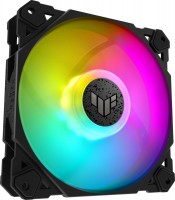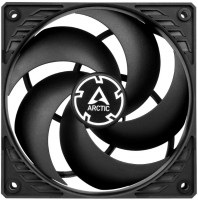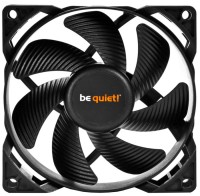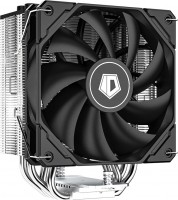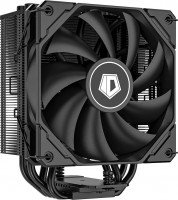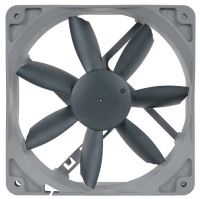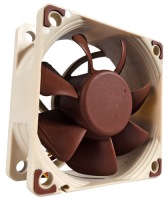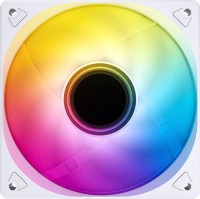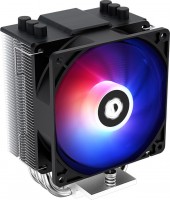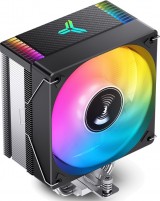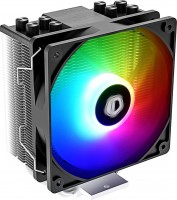Noctua NF-A4x10 24V PWM 40mm Quiet Fan for 3D Printers and Other Applications 4-Pin 24V Version 40x10mm Brown
 | Expecting restock Socket: |
24V version of Noctua’s award-winning quiet 40x10mm fan, ideal upgrade/replacement 4cm fan for 3D printing (hot end or part cooling) and other 24V applications
5000rpm max., 4-pin PWM connector for automatic speed control via 4-pin PWM fan headers (maximum airflow performance when required, near-silent at lower speeds)
NA-AC9 adaptor cable for popular 3D printers with JST XHP-2 2.5mm headers (e.g. Creality Ender 3 & CR-10, Anycubic Mega), ideal to improve printing performance and quietness of operation
Includes anti-vibration mounts, fan screws, extension cable, Low-Noise Adaptor (LNA), NA-AC9 adaptor and OmniJoin adaptor set for connecting the fan to proprietary fan headers
Trusted Noctua quality with premium-grade SSO2 bearing (MTTF > 150,000 h), safety certifications from UL and TÜV, protected against reverse polarity, over voltage and over current (short-circuits)
5000rpm max., 4-pin PWM connector for automatic speed control via 4-pin PWM fan headers (maximum airflow performance when required, near-silent at lower speeds)
NA-AC9 adaptor cable for popular 3D printers with JST XHP-2 2.5mm headers (e.g. Creality Ender 3 & CR-10, Anycubic Mega), ideal to improve printing performance and quietness of operation
Includes anti-vibration mounts, fan screws, extension cable, Low-Noise Adaptor (LNA), NA-AC9 adaptor and OmniJoin adaptor set for connecting the fan to proprietary fan headers
Trusted Noctua quality with premium-grade SSO2 bearing (MTTF > 150,000 h), safety certifications from UL and TÜV, protected against reverse polarity, over voltage and over current (short-circuits)
Product description is based on database from online stores. Be sure to verify all information directly with seller before purchasing.
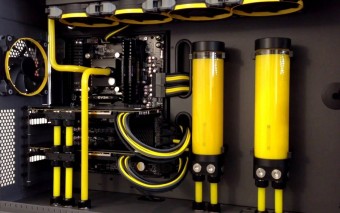
How to choose a water cooling systemBasic criteria for choosing a water cooling system for stable and safe operation of gaming PCs

How to properly build a PC yourself?Quick course on building computers of varying levels of complexity for beginners and amateurs
We recommendCompare using chart →

